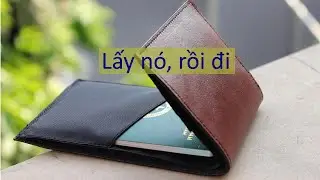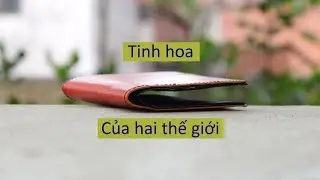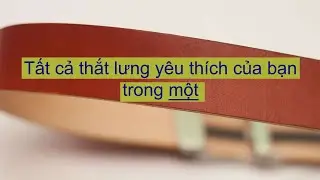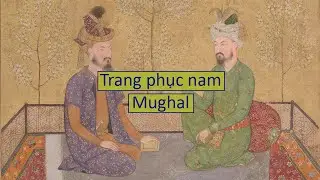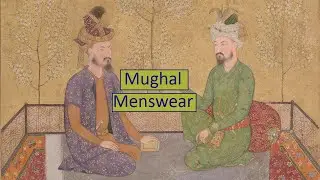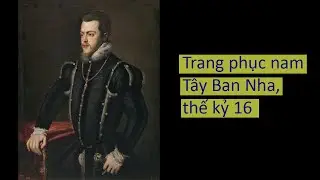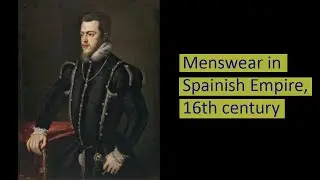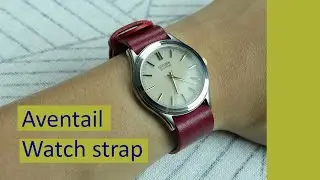Menswear in Iran, Qajar dynasty (1789–1925)
Link shop: http://aventail.vn
Video transcript:
• Brief history about Qajar dynasty in Iran
Qajar (قاجار) is an Iranian dynasty with Turkic origin. It was created when Qajar tribe overthrown the Zand dynasty and Afsharid dynasty, those that ruled over Iran for a short period of time. During Qajar dynasty, Iran regained its position as a powerful empire, re-created the wealth and glamour of the former Safavid dynasty. However, with the Russian and British encroachment, Qajar lost territories and influence over the centuries. Also, modernization process was killed prematurely, lead to poor development in the late 19th century. The Qajar was overthrown by the Pahlavi, another short-lived dynasty, eventually was overthrown themselves by Iran republic.
• Casual wear
Most of Iran at this time still depended on pastoral economy with a small scaled crafting industry. Their clothes reflected that by having elaborate layering of different elements. Depending on the weather and personal taste, they may wear these items:
zīr-jāma: undergarments, made of silk or cotton, little details are known about this one
jūrāb (جوراب): stocking
čāqšūr (شلوار): trouser. Can be a tapered trouser worn under long rope or long jacket, or wide trouser worn with transparent shirt
ḵaftān: a long tunic, usually worn with belt or sash
pīrāhan (پیراهن): transparent shirt
qabā-ye dāmandār (قبای دامن دار): robes with skirts
arḵāloq (جلیقه): cotton waistcoat
qabā (قبا): three-quarter-length robe
courdy = kordī (کردی): sleeveless jacket robe
cadebi = kātebī (یک نیم تنه با آستین بلند): long-sleeved jacket robe
• Formal wear and court dress
In courtly dress robes were primarily of plain or brocaded silk or cotton. They were in bright colors, and gold embroidery was also used for scalloped collars and as decoration around the neck or front opening. Coats with gold braid across the chest and buttons covered in gold or silver thread were also worn. Robes and coats could be quilted or lined with contrasting materials for both warmth and beauty. Fur-lined outer robes and sheepskin mantles were worn in winter. Robes can also be used as gifts to foreign royalties. Some notable robe types:
ḵaḷʿat (خلعت): robe of honor
čahār ḏaṛʿīs: robes 6 foot long
Jobba: silk and brocaded wool rope with long wide rolled-up sleeves and a front opening
Frock coat based on Turkish models with pleats at the waist and wider sleeves.
In later years, western clothes were adopted into court dress, while traditional dress remained popular in the civilian wear.
• Footwear
Upper class men had legs covered in long stockings, which rose above the knee, and were fastened with cord. Peasants wore strips of cloth wound around the lower legs. Footgear consisted of pointed, flat-soled shoes, clogs, or short boots or riding boots. These boots were probably made of shagreen dyed red or green.
Gīva (گیوه): a casual footwear, mainly consisting of an upper part made of twined white cotton thread sewn up on the edges of a cloth and leather or rubber sole
...
![Нужен ли некру Орфен? [Lineage 2 Classic]](https://images.mixrolikus.cc/video/QvnRbvX0xDU)


![[FREE] MORAD x DELARUE x MOUBARAK Type Beat -](https://images.mixrolikus.cc/video/rF7Xj4I5mJQ)




